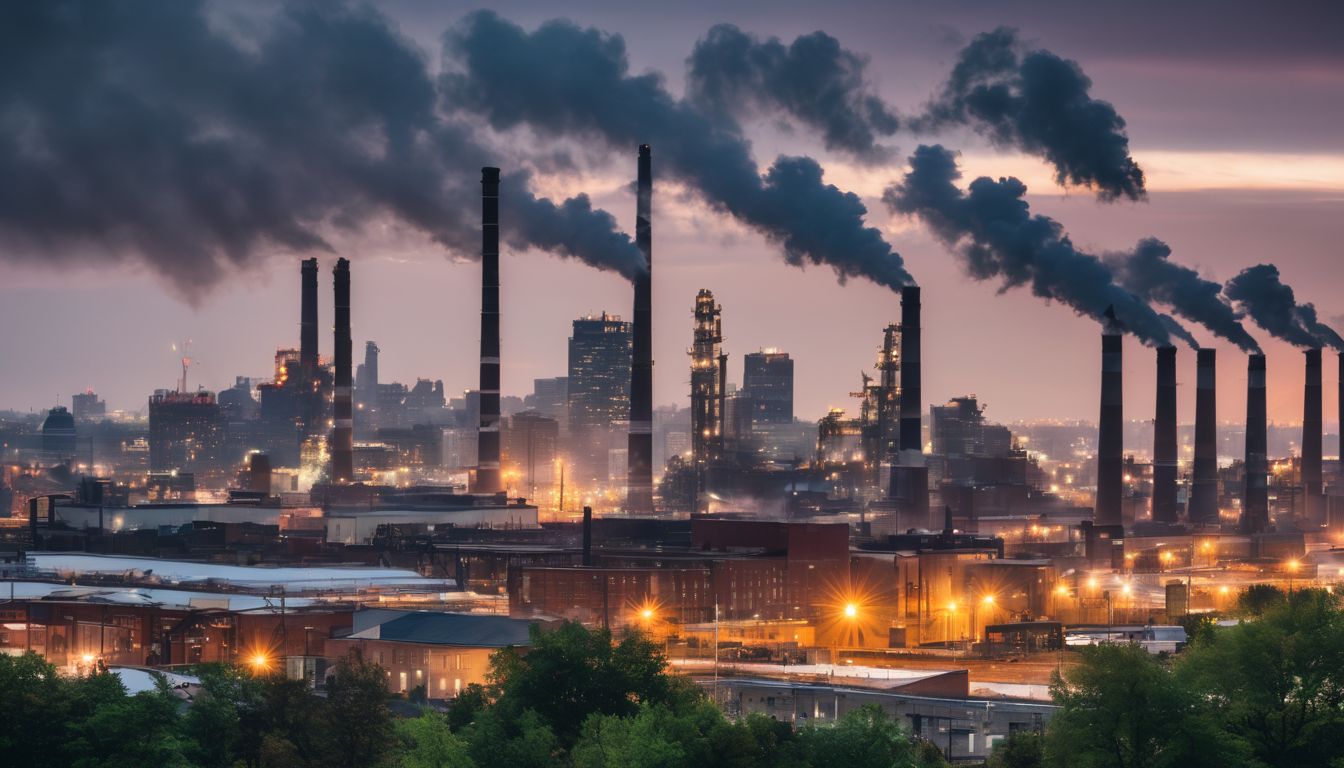This article on Northeastern US .
Map of Environmental Protection Agency (EPA) Region 4 (Southeast) serving Alabama, Florida, Georgia, Kentucky, Mississippi, North Carolina, South Carolina, Tennessee and 6 Tribes.1
Southeastern United States Climate Change Overview
From the get-away beaches of the Florida coast to the to the Blue Ridge Mountains, from the outer banks of North Carolina to the farms along the Mississippi delta, from Graceland to the battlefields of the Civil War, the Southeast has a distinctive appeal and history. Part of the region’s distinct character is a result of its uniquely warm and wet climate, with mild winters and high humidity.
With climate change, the Southeast will likely become even warmer. Since 1970, annual average temperature in the region has risen around 2°F, with the greatest seasonal increase in temperature during the winter months.2 Over the last several years the number of days with temperatures that reached below freezing has decreased by four to seven days per year.3
Note: this image includes Texas and Virginia, which are not part of EPA Region 4.
globalchange.gov/southeast.pdf.The impacts of climate change on precipitation and humidity are more nuanced, but just as ill-boding for the region. Although average autumn precipitation in the Southeast has increased by 30% since the beginning of the century, summer and winter precipitation have declined by nearly 10%. Droughts have increased in the Southeast over recent years.4 Many researchers have predicted that as climate change continues, and possibly accelerates, the Southeast will be the hardest hit region of the US.5 In addition to continued temperature increases and precipitation changes, the region may also experience:
- Sea level rise along its low-lying coastline (the region has about 41% of the total coastline of the coterminous US)6
- More risk of intense hurricanes
- Threats to farms and timberlands
- A decrease in water availability
- An increase in diseases7
Let’s take a closer look at how climate change will likely affect the states within EPA region 4: Alabama, Florida, Georgia, Kentucky, Mississippi, North Carolina, South Carolina, and Tennessee. Many of the issues that this region is dealing with are also being heavily felt in the other southeastern states of Arkansas, Louisiana, Texas, and Virginia.
Rising Sea Levels and Hurricanes
In the wake of the 2005 hurricanes Katrina and Rita, Louisiana Governor Bobby Jindal underscored the dire reality of sea level rise and increases in Atlantic hurricane intensity in Louisiana in this statement: “Louisiana loses 30 miles a year off our coast. We lost 100 miles last year off our coast thanks to Hurricanes Katrina and Rita. We have lost a size of land equivalent to the entire state of Rhode Island.”8
Unfortunately, the issues of land loss and fierce hurricanes are not limited to Louisiana or to the year 2005. According to the US Global Change Research Program, Atlantic hurricane intensity—higher peak wind speeds, rainfall intensity, and storm surge height and strength—has increased since 1970. This increase in intensity has correlated with the increase in sea surface temperature over the last few decades. The intensity of Atlantic hurricanes is likely to increase even more this century, which will lead to increased inland and coastal flooding, coastal erosion rates, wind damage to coastal forests, and wetland loss.9 Of course, all of these climate change consequences have a very large associated economic cost—Hurricane Katrina alone has cost between $96 and $125 billion dollars.10
Even under the best case scenario, with no increase in hurricane intensity, shoreline retreat is still expected to occur as sea-level rise accelerates. Average sea level may rise by up to two feet or more in the region. Sea level rise will not only lead to erosion , it will also inundate freshwater ecosystems. The salinity of estuaries, coastal wetlands, and tidal rivers will increase, thereby displacing coastal ecosystems further inland.11
Drought
Under a lower emissions scenario average temperatures in the region are projected to rise by about 4.5°F by the 2080s, while under a higher emissions scenario they are projected to rise about 9°F (with about a 10.5°F increase in summer, and much higher humidity levels).12 Invariably, these kinds of temperature increases will lead to greater incidence of drought in the region.
Health, Infrastructure, Agricultural, and Ecological Impacts
Projected increases in the number and length of droughts will cause heat-related stresses for people, agricultural crops, livestock, fish, trees, transportation and other infrastructure, and wildlife.
Examples of potential impacts include:
- A greater number of heat-stress related illnesses and deaths
- An increase in the incidence of shellfish-borne disease outbreaks in coastal waters
- An increase in buckling pavement and railways
- An increase in thermal stress and a decrease in soil moisture, leading to a decline in forest growth and agricultural crop production
- A decline in the production of cattle and other rangeland livestock15
- More frequent and intense wildfires
- The decline or extinction of many threatened and endangered species
- Displacement of native plants and animals by invasive species
- A decline in dissolved oxygen in freshwater habitats , leading to fish die-offs and a loss of aquatic species diversity16
Water Shortages
We got a glimpse of the impact that water shortages will have on the southeast in the year 2007. Late that year, a drought in the region became so serious that some cities were just months away from running out of water. In fact, the situation became so strained that the “exceptional” drought (the type of drought that is usually experienced only once in 100 years, but which has been experienced a lot more frequently than that in recent decades) created serious conflicts between three States, the U.S. Army Corps of Engineers (which operates the dam at Lake Lanier), and the U.S. Fish and Wildlife Service, which is charged with protecting endangered species.17 Unfortunately, as humans seek to adapt to climate change in the Southeast in the future, some tough decisions will have to be made. As humans seek to adapt to climate change by manipulating water resources, streamflow and biological diversity are likely to be reduced.
Conclusion
So far, action to mitigate the effects of climate change in the southeast has been mostly nonexistent, although a few States and municipalities are beginning to institute adaption policies. Most notably, Florida has completed a Climate Action Plan and a State Adaptation Plan, and several other States have initiated adaptation efforts or developed “drought management plans.”18 Many of these drought management plans are consistent with adapting to climate change, but are not labeled as such outright. This roundabout way of addressing climate change is indicative of the political climate in the Southeast, and the reality that many southeastern politicians and constituents do not believe that climate change is occurring, and are thus not likely to back climate change adaptation efforts.19
It is also worth noting that many of the worst effects of climate change will be felt in the region’s poorest communities.21 Whether or not the region can band together to protect the most vulnerable populations in the region (that is, those who are less able to prepare, respond, and recover when disaster strikes) will be an indication of whether or not the world’s wealthiest countries can come together, acknowledge that climate change is real, take responsibility, and move forward on measurable actions to prevent the poorest communities on earth from incurring more damage.22




